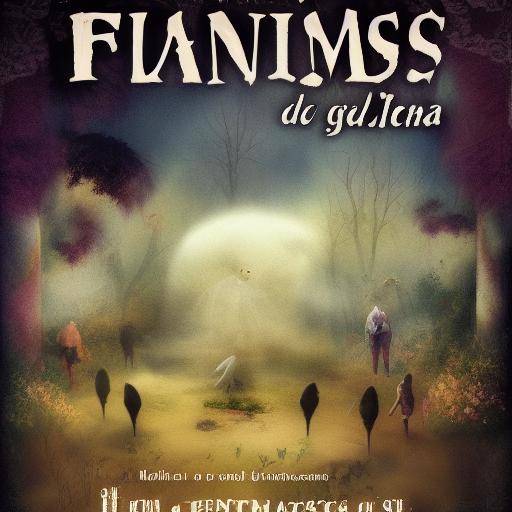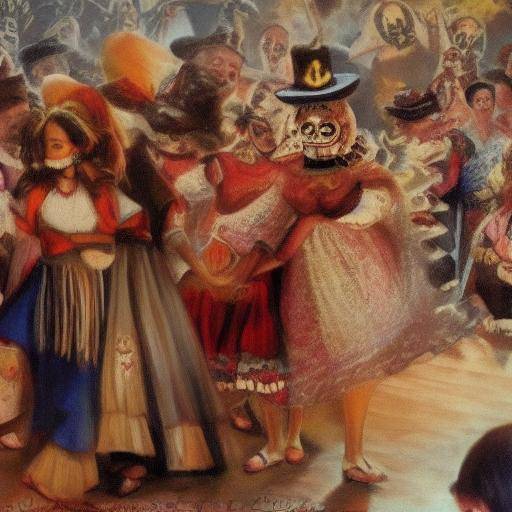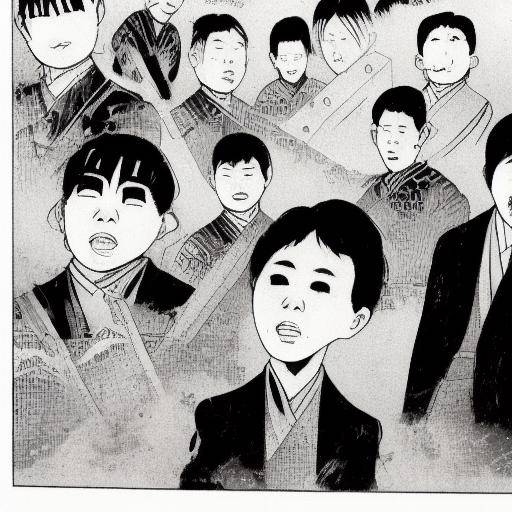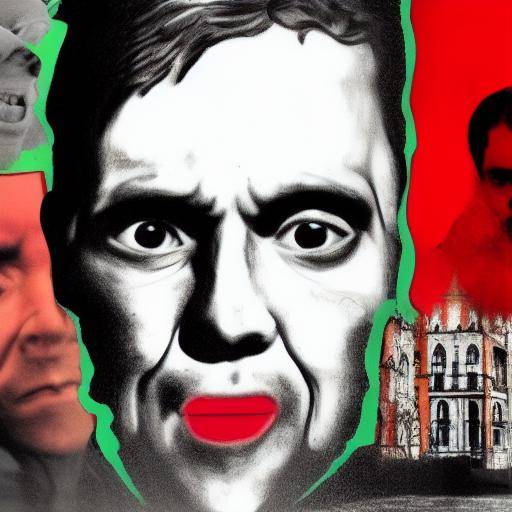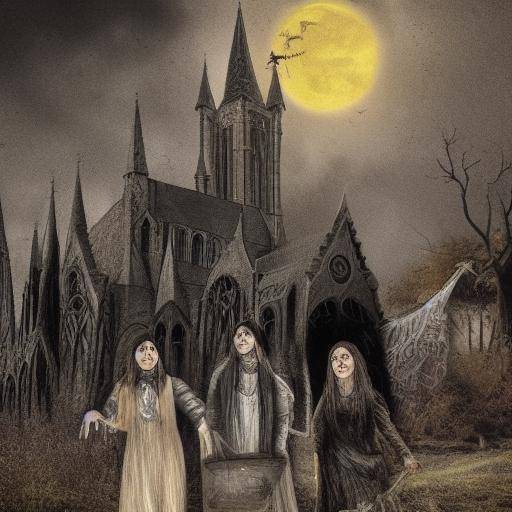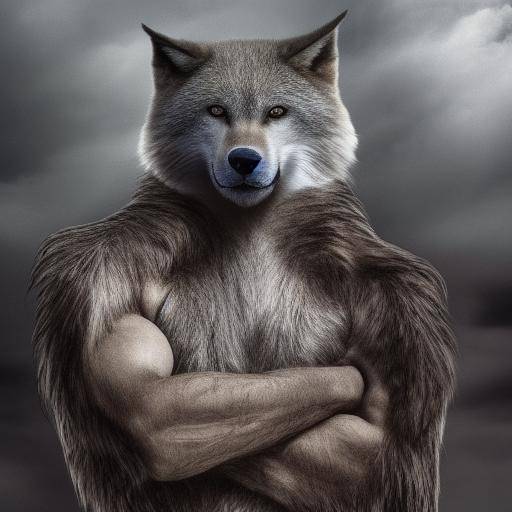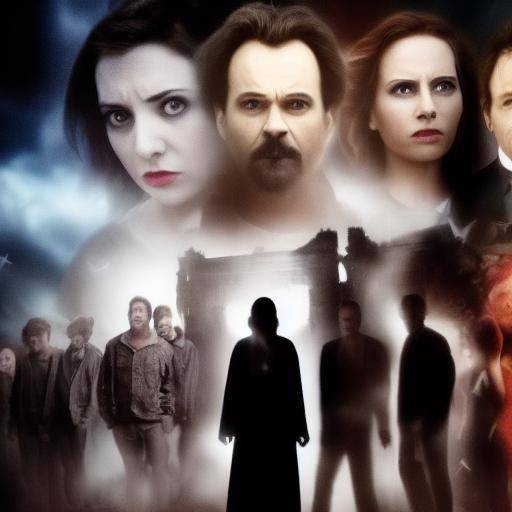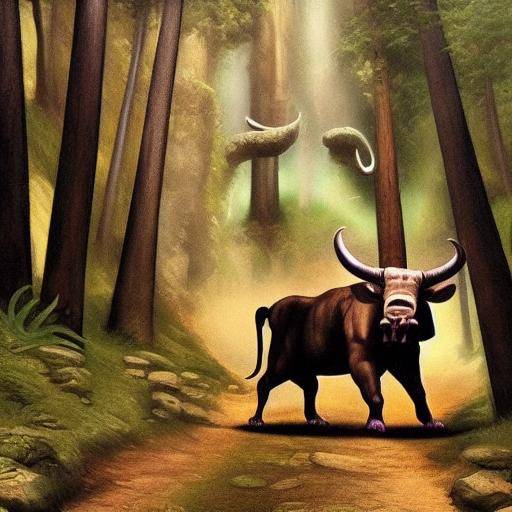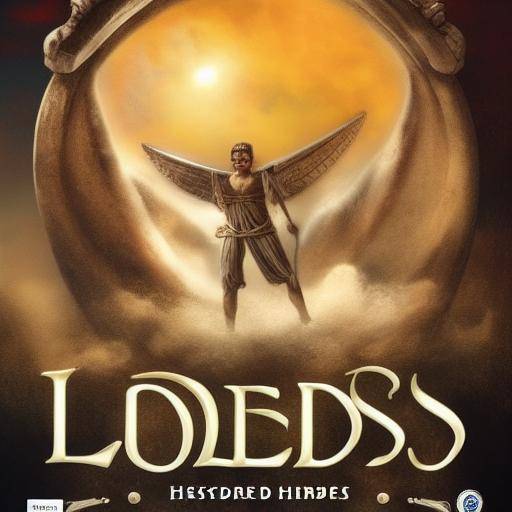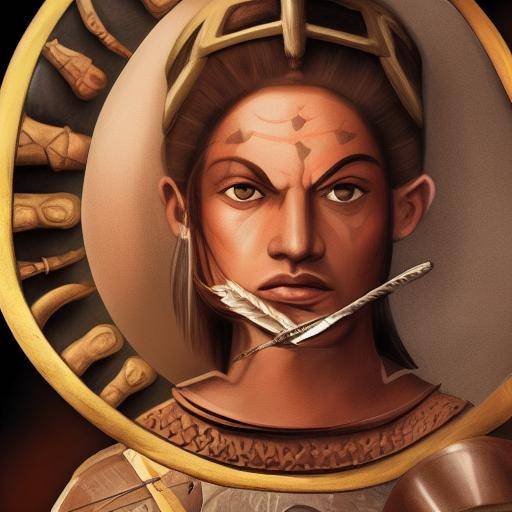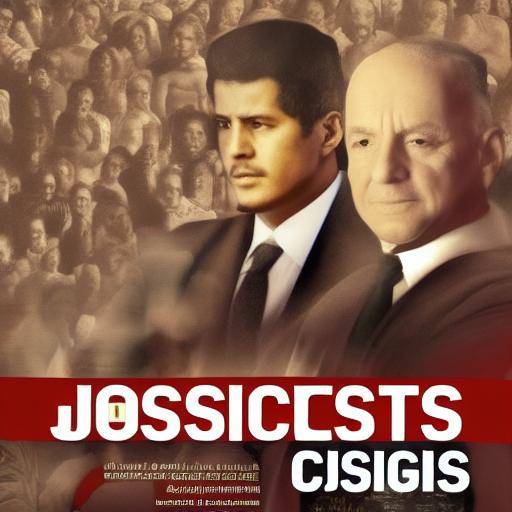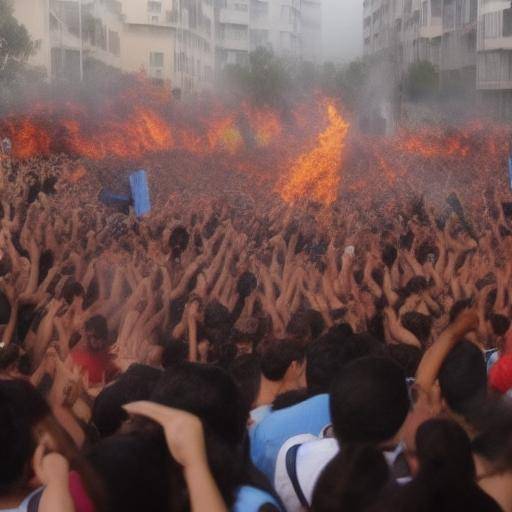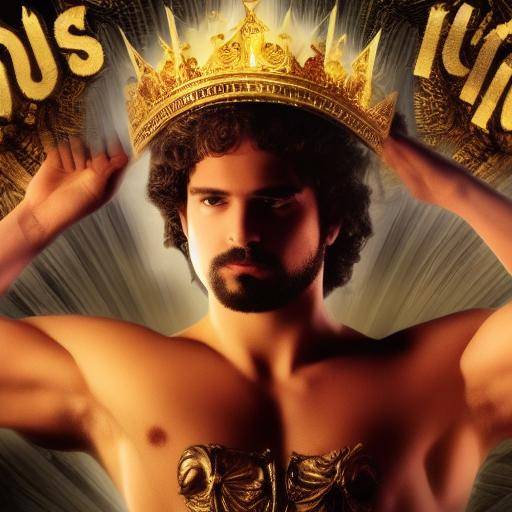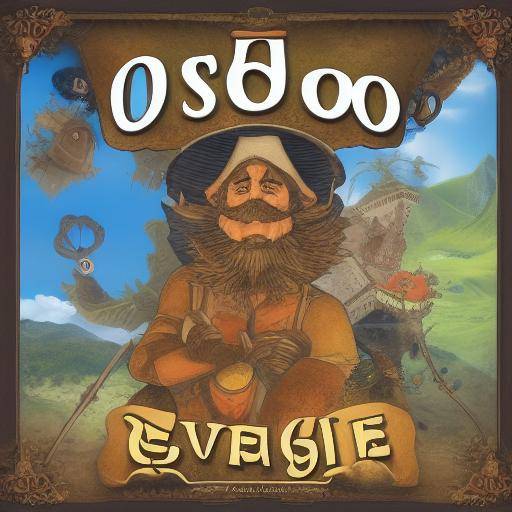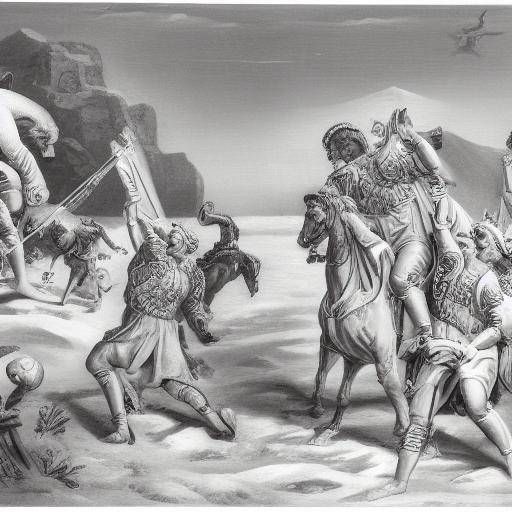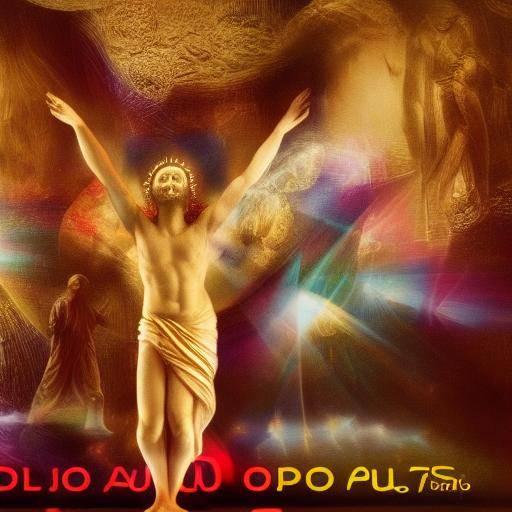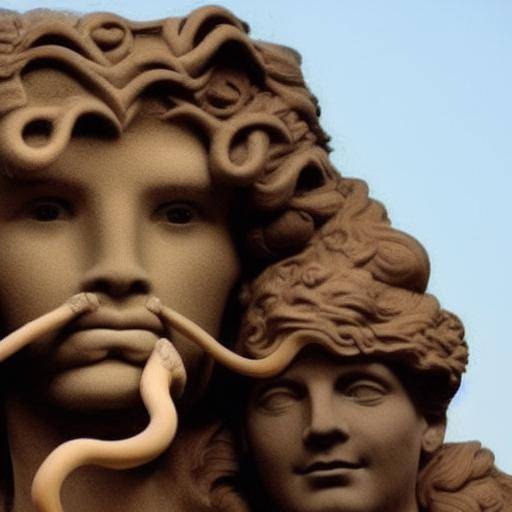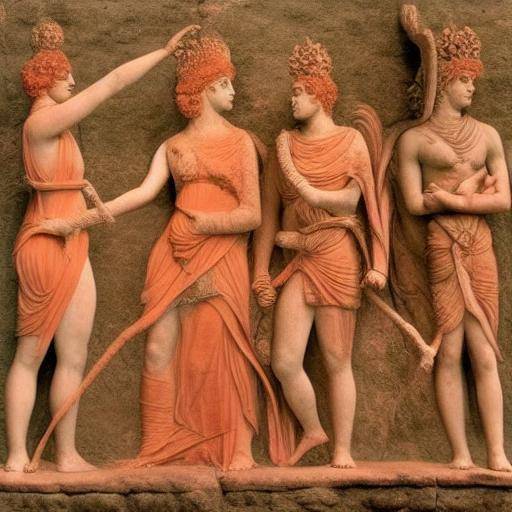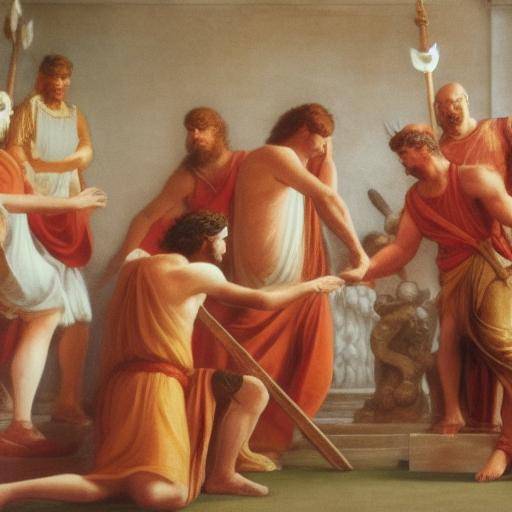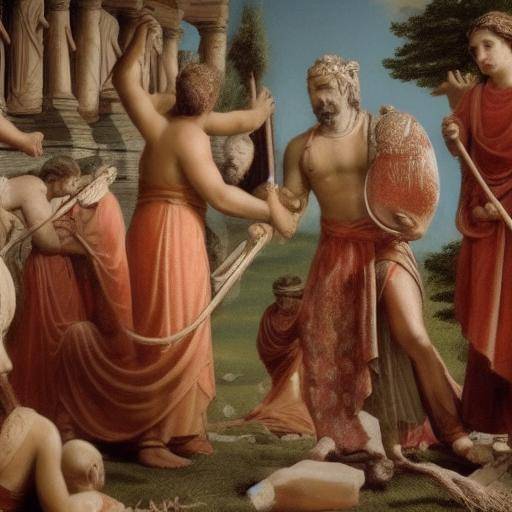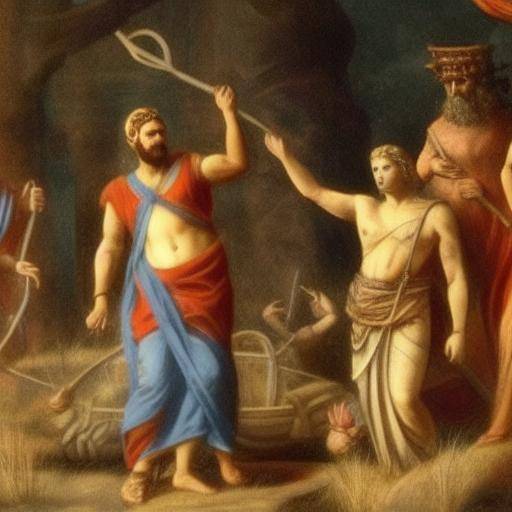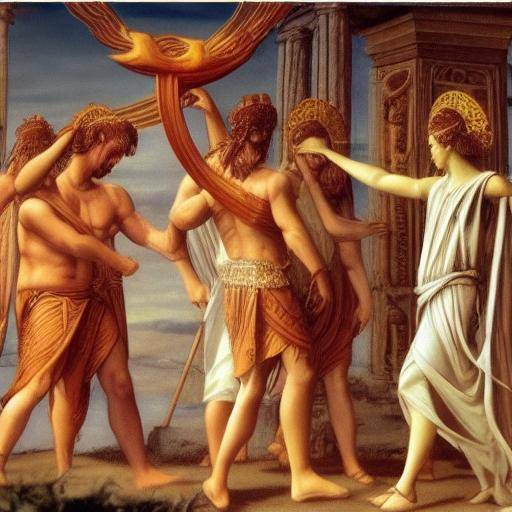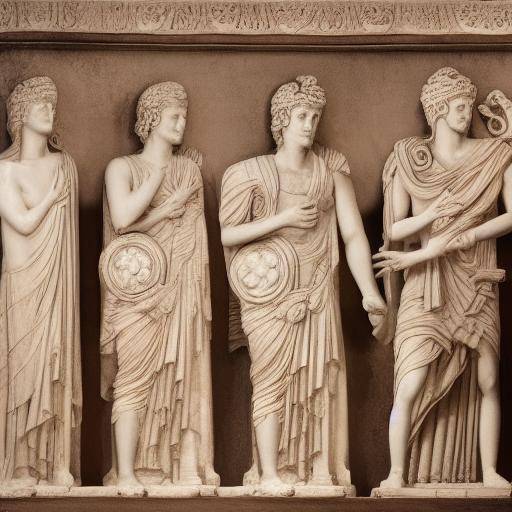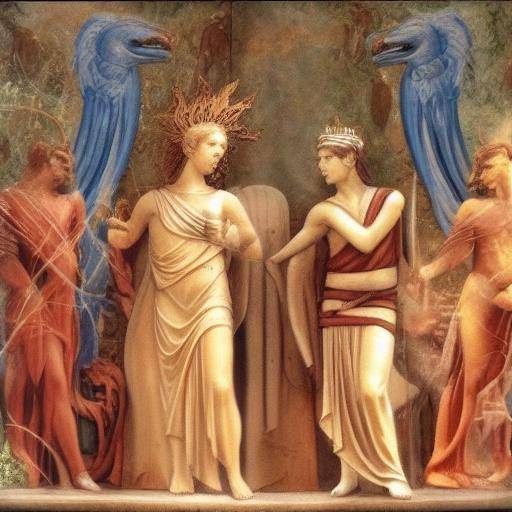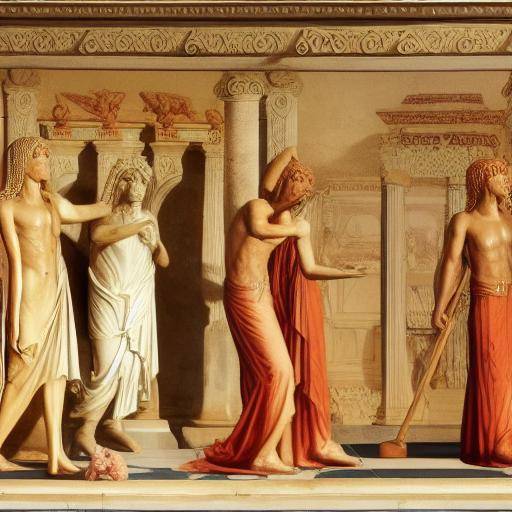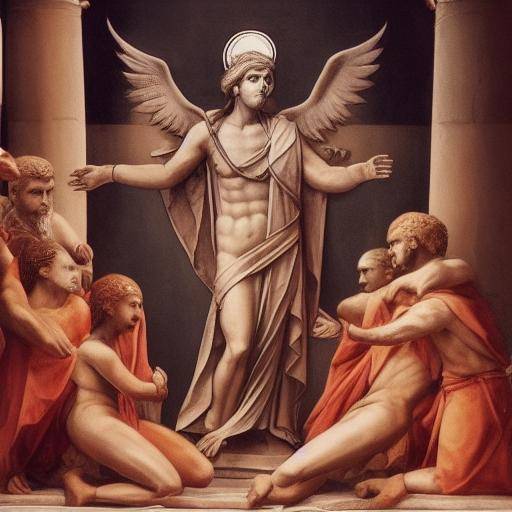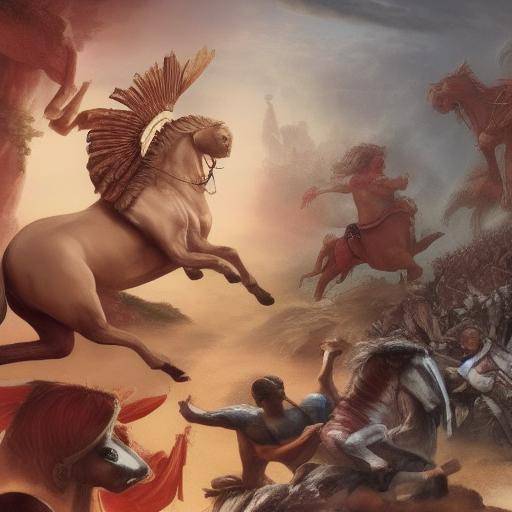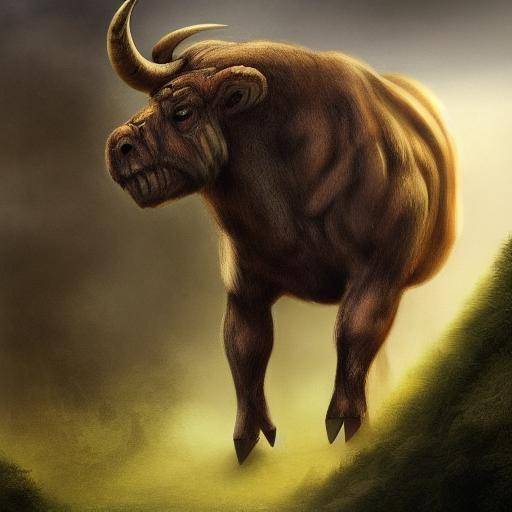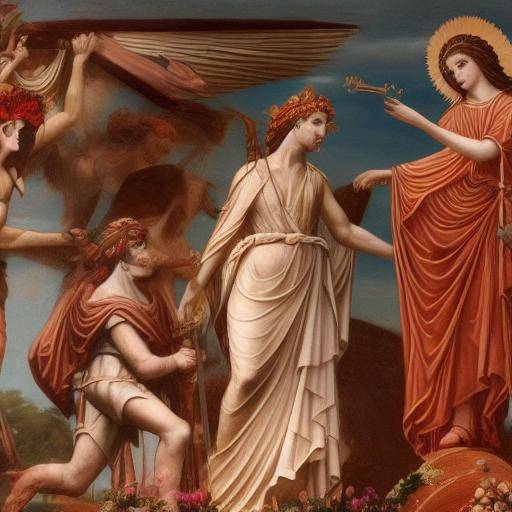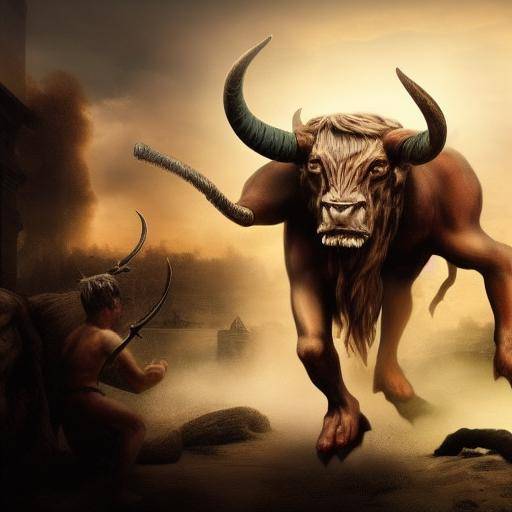
Introduction
Greek mythology is a vast universe of extraordinary accounts that have endured over the centuries, enriching the collective imagination with its dazzling heroes, gods and creatures. Within this rich tradition, the Minotaur emerges as one of the most seductive and terrifying figures. In this article, we will explore in detail the history, myth and influence of the Minotaur, as well as its connections to the terror and intrigue surrounding its labyrinth.
In the following pages, we will enter the myth of the Minotaur, be hybrid born of the bull and man, locked in the maze of Crete. We will examine the relevance of the myth of Minotaur in relation to terror within the context of Greek mythology. In addition, we will give a detailed look at the implications of this myth in popular culture and its influence in different artistic manifestations.
History and Background
Origins and Evolution of the Myth
The myth of the Minotaur has its roots in the ancient Crete, an island that was cradle of brilliant civilization. It goes back to the legend of King Minos, who locked the Minotaur in a labyrinth designed by the architect Dédalo. This fascinating history has endured over the centuries, transcending the borders of ancient Greece to become a timeless symbol of horror and darkness.
Influence in Culture and Art
The myth of the Minotaur has left an indelible mark on popular culture, inspiring literary works, paintings, and theatrical productions. Artists and writers of all ages have found in this story an inexhaustible source of mystery and symbolism, demonstrating its permanent relevance and cultural impact.
Interpretations and Meanings
The figure of the Minotaur has been interpreted in various ways throughout history, symbolizing both the inner bestiality of the human being and the oppression and encierro. This polysemia has allowed the myth of the Minotaur to continue to fascinate entire generations, giving it unmatched universality.
Deep analysis
Terror in Greek Mythology
Greek mythology is impregnated with stories that awaken strong emotions and dark fears. These narratives, far from mere fantasies, reveal essential aspects of the human psyche and provide fertile ground to explore the depths of terror and anguish.
The Human psyche and the Labyrinth of Minotaur
The labyrinth where the Minotaur was locked is erected as a powerful symbol of the internal labyrinths that each individual must face on his personal journey. The presence of the Minotaur and the labyrinth confront the human being with their own deeper shadows and fears, in a narrative that resonates shockingly with the universal human experience.
El Minotauro: A Metáfora del Miedo
The Minotaur, a fierce and terrifying creature, embodies the primordial fears of the human being: fear of the unknown, uncontrolled violence and confrontation with one's own bestiality. These aspects are intertwined with the intricate history of the hero Teseo, who challenges the Minotaur and the labyrinth in an act of courage and determination that resonates with the struggle against our own inner darkness.
Comprehensive review
Reality vs. Myth: The Minotaur and the Modern Perception
What is the relevance of the myth of Minotaur in our contemporary lives? How has the figure of Minotauro evolved in literature, film or video games? These questions and more will be addressed in the additional sections of the article. Please let me know if you need any modification, or if you would like to expand a particular section.


